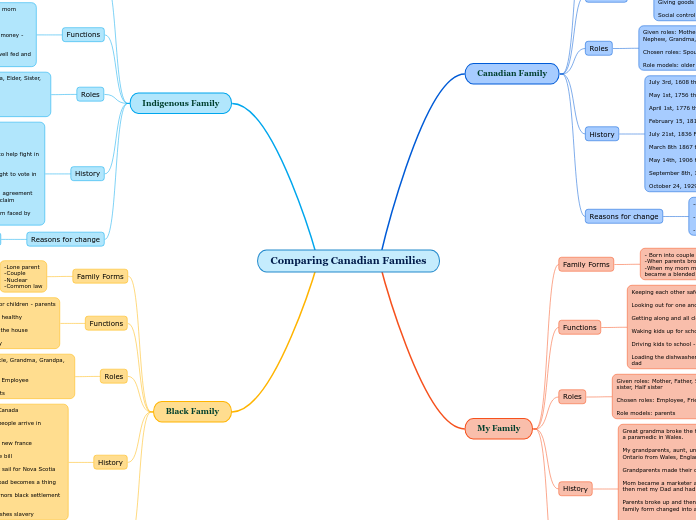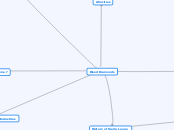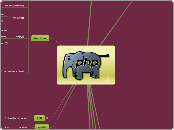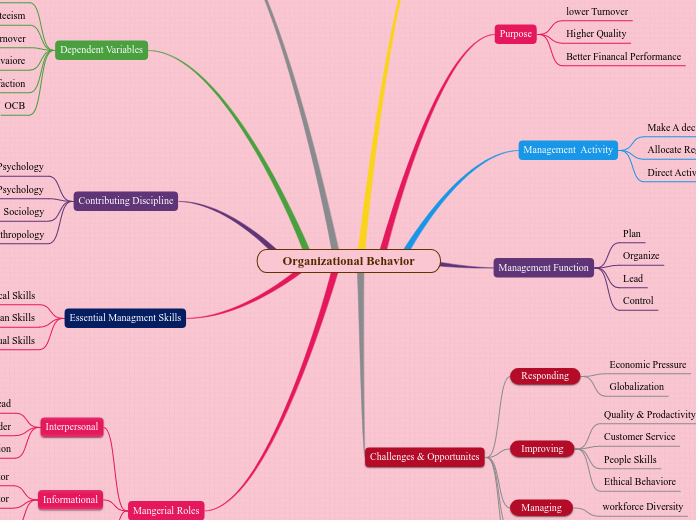av Seren Eckersall 4 år siden
235
Comparing Canadian Families Mindmap
The family structures within Canadian society exhibit diverse forms and roles, influenced by historical events and evolving social norms. Black families and Indigenous families in Canada share commonalities such as nuclear, couple, and common-law family forms, yet they also have unique configurations like the extended and blended families among Indigenous peoples.









